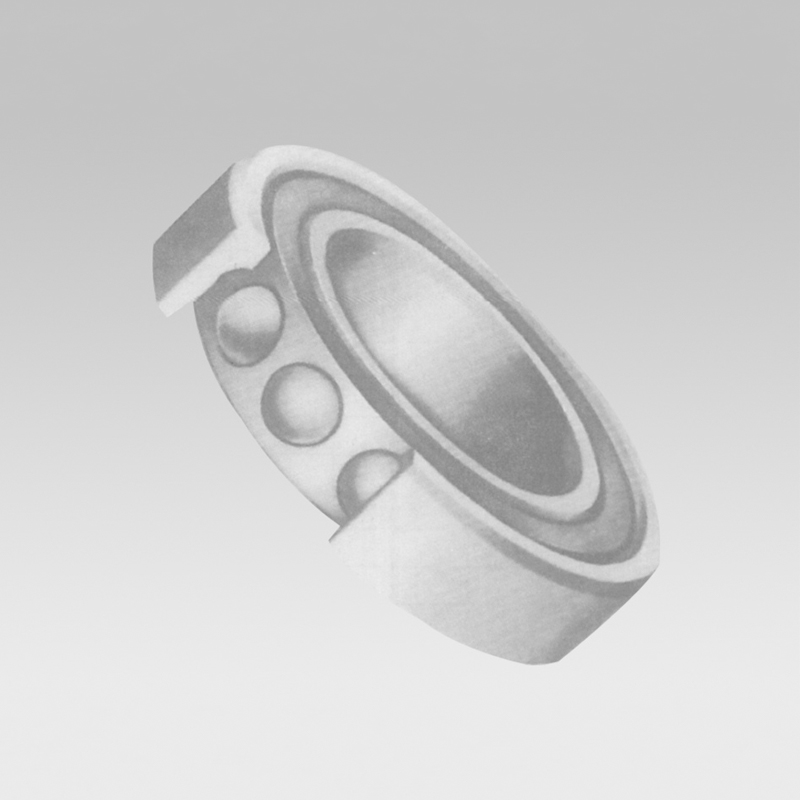
Dec . 12, 2024 22:35 Back to list
taper bearing number
Understanding Taper Bearing Numbers A Comprehensive Guide
Taper bearings, also known as tapered roller bearings, are a crucial component in various mechanical systems. These engineered components are designed to handle both radial and axial loads, making them essential in applications such as automotive wheel hubs, gearboxes, and industrial machinery. One of the most important aspects of taper bearings is their identification system, which uses specific bearing numbers that convey vital information about their dimensions, design, and suitability for various applications.
What are Taper Bearings?
Taper bearings consist of an inner race, an outer race, and tapered rollers that allow for significant load-carrying capacity. The taper design enables these bearings to manage combined loads—both axial (parallel to the shaft) and radial (perpendicular to the shaft)—more effectively than standard radial bearings. This versatility makes taper bearings invaluable in scenarios where loads are non-uniform and dynamic.
Taper Bearing Number System
Taper bearing numbers are largely standardized by organizations such as the American National Standards Institute (ANSI) and the International Organization for Standardization (ISO). Each number typically comprises multiple sections, each providing specific information about the bearing.
1. Prefix Characters The bearing number usually starts with one or two prefix letters indicating the manufacturer or specific product series. For example, the letter “L” might signify a light series, while “M” could indicate a medium series of bearings.
2. Numerical Codes The subsequent numbers generally indicate the bearing's dimensions, such as the outer diameter, inner diameter, and width. For example, a bearing number like 30205 can be interpreted as follows - 30 represents the series or type of bearing. - 205 indicates specific diameter and width measurements.
3. Suffix Codes Some bearing numbers may also end with letters that provide additional information about the bearing's features, such as the material used, tolerance grade, or internal design characteristics. For instance, “-A” might denote a bearing with an additional cage structure.
Importance of Taper Bearing Numbers
taper bearing number

Bearing numbers serve as a universal language among manufacturers, designers, and engineers. They simplify the process of selecting the right bearing for a specific application. Knowing the dimensions and load capacities aids in designing robust systems that function efficiently and reliably.
1. Standardization With the standardization of bearing numbers, engineers can easily reference catalogs, identify replacement parts, and ensure compatibility within various assemblies.
2. Sorting and Selection In stock management and distribution, bearing numbers allow for easy sorting and identification of different bearings, facilitating streamlined inventory control.
3. Technical Specifications Each number relates back to technical data sheets, which include essential information such as load ratings, fatigue limits, and performance characteristics. By referring to the bearing number, users can quickly access detailed specifications required for their design or repair work.
Applications of Taper Bearings
Taper bearings are used in a broad range of industrial applications. In the automotive sector, they support wheel hubs and transmission assemblies, handling critical loads while ensuring smooth operation. In heavy machinery, tapered rollers are found in gearboxes, enhancing performance by offering lower friction and improved alignment during operation.
Additionally, they feature prominently in manufacturing equipment, where reliable performance is essential for maintaining productivity. Their ability to sustain heavy axial loads under dynamic conditions makes them preferable in applications like conveyor systems and roller mills.
Conclusion
Taper bearings, identifiable through their unique numbering system, play an indispensable role in modern engineering and manufacturing. Their design’s capability to support complex load requirements ensures they remain vital in various applications, from everyday vehicles to massive industrial machines. Understanding taper bearing numbers is essential for anyone involved in mechanical design or maintenance, aiding in the selection of the correct bearings for specific projects and ensuring optimal performance. The next time you consider mechanical components, remember the intricate details encapsulated in those seemingly simple taper bearing numbers—they are the keys to effective machinery operation.
Latest news
-
Premium Deep Groove Ball Bearings | High Speed & Reliability
NewsAug.29,2025
-
Durable Scaffolding Clamps - Secure & Reliable Tube Connectors
NewsAug.28,2025
-
Common Failures in Thrust Ball Bearings and Solutions
NewsAug.22,2025
-
How Tapered Roller Bearings Can Take Shock Loads
NewsAug.22,2025
-
Angular Bearings in High-Precision Spindles
NewsAug.22,2025
-
The Impact of Misalignment on Cylindrical Roller Bearing Performance
NewsAug.22,2025
